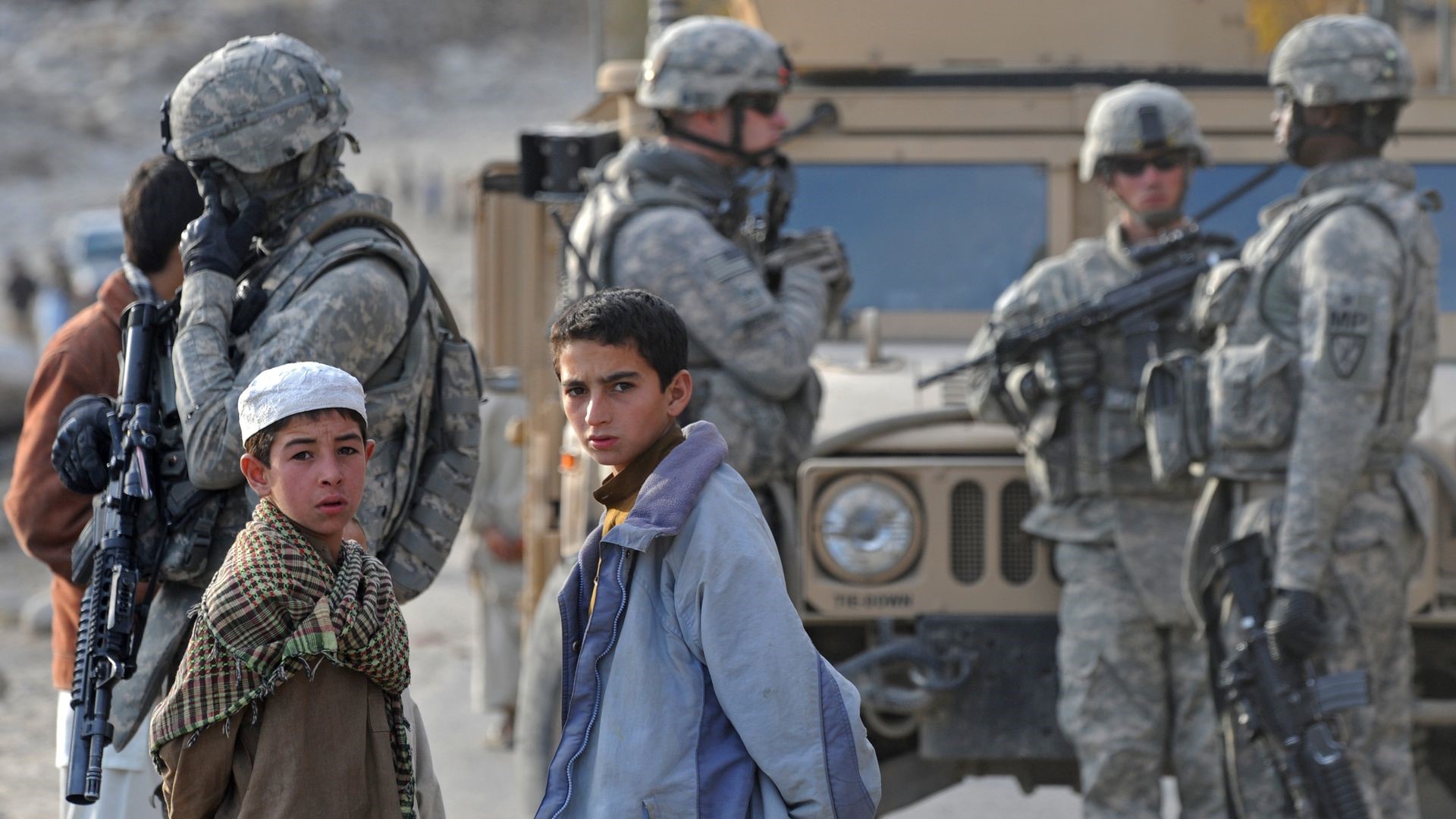Looking Back at the War on Terror

The war on terrorism was a multidimensional campaign of almost limitless scope. Its military dimension involved major wars in Afghanistan and Iraq, covert operations in Yemen and elsewhere, large-scale military-assistance programs for cooperative regimes, and major increases in military spending. Its intelligence dimension comprised institutional reorganization and considerable increases in the funding of America’s intelligence-gathering capabilities, a global program of capturing terrorist suspects and interning them at Guantánamo Bay, expanded cooperation with foreign intelligence agencies, and the tracking and interception of terrorist financing. Its diplomatic dimension included continuing efforts to construct and maintain a global coalition of partner states and organizations and an extensive public diplomacy campaign to counter anti-Americanism in the Middle East. The domestic dimension of the U.S. war on terrorism entailed new antiterrorism legislation, such as the USA PATRIOT Act; new security institutions, such as the Department of Homeland Security; the preventive detainment of thousands of suspects; surveillance and intelligence-gathering programs by the National Security Agency (NSA), the Federal Bureau of Investigation (FBI), and local authorities; the strengthening of emergency-response procedures; and increased security measures for airports, borders, and public events.
The successes of the first years of the war on terrorism included the arrest of hundreds of terrorist suspects around the world, the prevention of further large-scale terrorist attacks on the American mainland, the toppling of the Taliban regime and subsequent closure of terrorist-training camps in Afghanistan, the capture or elimination of many of al-Qaeda’s senior members, and increased levels of international cooperation in global counterterrorism efforts.
However, critics argued that the failures of America’s counterterrorism campaign outweighed its successes. They contended that the war in Afghanistan had effectively scattered the al-Qaeda network, thereby making it even harder to counteract, and that the attacks in Afghanistan and Iraq had increased anti-Americanism among the world’s Muslims, thereby amplifying the message of militant Islam and uniting disparate groups in a common cause. Other critics alleged that the war on terrorism was a contrived smokescreen for the pursuit of a larger U.S. geopolitical agenda that included controlling global oil reserves, increasing defence spending, expanding the country’s international military presence, and countering the strategic challenge posed by various regional powers.
By the time of U.S. Pres. George W. Bush’s re-election in 2004, the drawbacks of the war on terrorism were becoming apparent. In Iraq, U.S. forces had overthrown the government of Saddam Hussein in 2003, and U.S. war planners had underestimated the difficulties of building a functioning government from scratch and neglected to consider how this effort could be complicated by Iraq’s sectarian tensions, which had been held in check by Saddam’s repressive regime but were unleashed by his removal. By late 2004 it was clear that Iraq was sinking into chaos and civil war; estimates of the number of Iraqi civilians killed during the period of maximum violence—roughly 2004 to 2007—vary widely but generally exceed 200,000. U.S. casualties during this period far outnumbered those suffered during the initial 2003 invasion. Afghanistan, which for several years had seemed to be under control, soon followed a similar trajectory, and by 2006 the U.S. was facing a full-blown insurgency there led by a reconstituted Taliban.
The Bush administration faced domestic and international criticism for actions that it deemed necessary to fight terrorism but which critics considered to be immoral, illegal, or both. These included the detention of accused enemy combatants without trial at Guantánamo Bay and at several secret prisons outside the United States, the use of torture against these detainees in an effort to extract intelligence, and the use of unmanned combat drones to kill suspected enemies in countries far beyond the battlefields of Iraq and Afghanistan.
By the last years of Bush’s presidency, public opinion had turned strongly negative concerning his handling of the Iraq War and other national security matters. This discontent helped Barack Obama, an outspoken critic of Bush’s foreign policy, win the presidency in 2008. Under the new administration, the expression war on terrorism—still closely associated with Bush policies—quickly disappeared from official communications. Obama made the rejection explicit in a 2013 speech in which he stated that the United States would eschew a boundless, vaguely defined “global war on terrorism” in favour of more focused actions against specific hostile groups. Under Obama, the wars in Iraq and Afghanistan were gradually wound down, although at the end of Obama’s presidency in 2016 there were still U.S. troops in both countries.
It is worth noting that beneath Obama’s rejection of the war on terrorism as a rhetorical device and as a conceptual framework for national security there were important continuities with the policies of his predecessor. The Obama administration, for example, greatly expanded the campaign of targeted killings carried out with drones, even eliminating several U.S. citizens abroad whom it deemed threatening. Special operations forces were greatly expanded and increasingly deployed to conduct low-profile military interventions in countries outside of acknowledged war zones. And U.S. security agencies continued to exercise the wide-ranging surveillance powers that they had accumulated during the Bush administration despite protests from civil liberties groups.